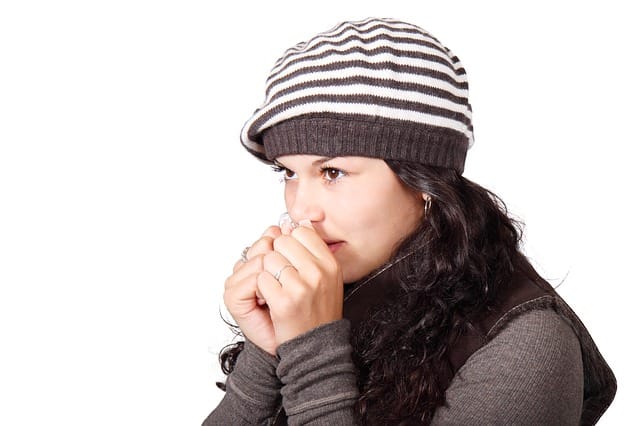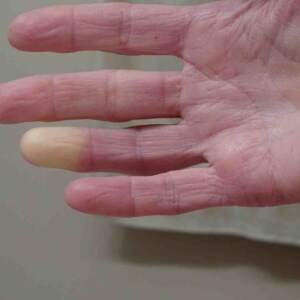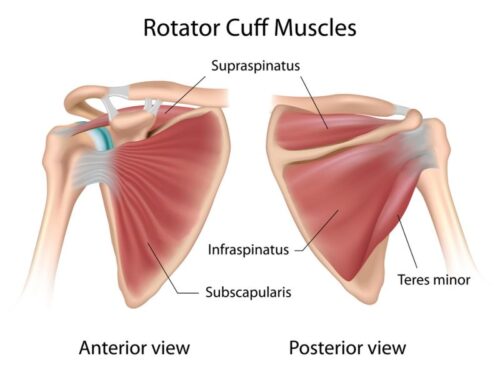
Raynaud syndrome is a painful and sometimes debilitating condition that affects millions of people around the world. It can cause extreme discomfort in cold temperatures, making it difficult to go about daily life activities. This article will discuss what Raynaud Syndrome is, its causes and treatments, as well as some ways to manage symptoms so you can live your best life despite this condition.
The first thing to know about Raynaud’s disease is that it’s not just one disorder, but rather a group of disorders with similar characteristics. People who suffer from this experience frequent episodes of their hands or feet becoming extremely pale and feeling numb or tingly due to reduced blood flow when exposed to certain triggers such as cold or stress. In more severe cases, these sensations may be accompanied by discoloration of the skin, pain in the extremities, and even ulcerations on the fingers or toes.
No matter how mild or severe your symptoms are, living with Raynaud Syndrome can be tough – but don’t despair! There are various treatments available for managing this condition and improving quality of life. We’ll look at all this information in detail throughout this article so that you have all the knowledge necessary to deal with Raynaud’s disease successfully.
What Is Raynaud’s Syndrome
Raynaud’s syndrome, also called Raynaud’s disease or Raynaud’s phenomenon, is a disorder of the blood vessels usually in the fingers and toes but can also affect the nose, ears, and lips. It causes them to become more sensitive to cold temperatures or stress which can block off circulation for some time before returning to normal. There are two types: primary Raynaud’s and secondary Raynaud’s. Primary Raynaud’s is considered an autoimmune vasoconstriction disorder while secondary Raynaud’s which is called Raynaud phenomenon has another underlying disease that is the cause such as lupus, scleroderma, and other connective tissue diseases like rheumatoid arthritis, high blood pressure, or rheumatoid arthritis. [Read more about high blood pressure here]
usually in the fingers and toes but can also affect the nose, ears, and lips. It causes them to become more sensitive to cold temperatures or stress which can block off circulation for some time before returning to normal. There are two types: primary Raynaud’s and secondary Raynaud’s. Primary Raynaud’s is considered an autoimmune vasoconstriction disorder while secondary Raynaud’s which is called Raynaud phenomenon has another underlying disease that is the cause such as lupus, scleroderma, and other connective tissue diseases like rheumatoid arthritis, high blood pressure, or rheumatoid arthritis. [Read more about high blood pressure here]
Who Gets It
Primary Raynaud phenomenon usually affects women between 15-40 years. This makes up about 75% of Raynaud’s cases. Whether primary or secondary, Raynauds affects 5-10% of the population. Keep reading to discover the symptoms and causes as well as the treatment options.
What Causes Raynaud Syndrome
Raynaud syndrome is the result of a narrowing of blood vessels when someone has too much exposure to cold or emotional stress.
Risk factors for developing this disorder include smoking and working in occupations that expose individuals to vibration. Other risk factors are age (it is more common among women between 15-30 years old) and ethnicity (people living in colder climates are at higher risk). Additionally, certain medications such as beta-blockers have been associated with increased odds of developing it. Pianists and typists are especially vulnerable to Raynaud’s disease. Read on to find out about diagnosis and treatment.
Signs And Symptoms of Raynaud’s Phenomenon
 Moving on, the signs and symptoms of a Raynaud’s attack can vary. Symptoms include cold hands and feet, skin change color (from white/blue to red), numbness/tingling/pins and needles sensations, throbbing pain, and ulcers in severe cases. The affected areas may feel painful when touched due to poor circulation. Fingers and toes turn white as the cells as starved for oxygen and turn red as the blood flow returns.
Moving on, the signs and symptoms of a Raynaud’s attack can vary. Symptoms include cold hands and feet, skin change color (from white/blue to red), numbness/tingling/pins and needles sensations, throbbing pain, and ulcers in severe cases. The affected areas may feel painful when touched due to poor circulation. Fingers and toes turn white as the cells as starved for oxygen and turn red as the blood flow returns.
When properly managed with lifestyle modifications and medications where necessary, the symptoms of Raynaud’s phenomenon can be kept at bay and those living with it can go about their daily lives relatively unaffected.
Treatment
The primary treatment of Raynaud’s disease is aimed at improving blood flow to affected areas. The most common medications used are calcium channel blockers which help relax the constricted blood vessels, allowing more blood through. If a connective tissue disorder or other underlying cause is identified, treating that may be beneficial as well. Lifestyle changes such as avoiding cold temperatures and quitting smoking and caffeine. Also making sure shoes aren’t too tight and even moving to a warmer climate will help.
Other treatments include using biofeedback techniques or wearing mittens or gloves when exposed to cold environments. Some individuals find these strategies helpful in reducing attack frequency and severity while others do not experience any benefit from them. In severe Raynaud’s cases, a surgery called a sympathectomy may be necessary if there is risk of significant tissue death due to a lack of oxygenated blood supply. The National Institute of Health recommends speaking with a doctor before attempting any new treatments for this condition.
Maintain a temperature of 68 or higher
Perform self-massage
Use hand warmers
Exercise regularly
Reduce anxiety
Stop Smoking
Avoid caffeine and nicotine
Take Ginkgo Biloba. It has been shown to reduce the number of attacks and severity of Raynaud’s symptoms.
Is Massage Good For Patients with Raynaud’s
Massage therapy may be beneficial to those with Raynaud’s symptoms even during an attack, as it can help increase blood flow and reduce stress. This is especially true of the primary form of Raynaud’s, in which there are no underlying skin diseases or conditions such as carpal tunnel syndrome or rheumatoid arthritis that could complicate matters. Massage has been found to improve circulation in people suffering from systemic sclerosis, a secondary form of Raynaud’s.
A massage therapist experienced in working with Raynauds’ patients should always be consulted before beginning treatment. If massage does not provide relief, then other therapies and medications may need to be considered for better management of the condition.
Conclusion
Raynaud’s Syndrome is a condition that affects millions of people around the world. It can be an incredibly difficult and uncomfortable thing to live with, but there are ways to manage it and make life more comfortable. Understanding what Raynaud’s is, who gets it, what causes it, and how to treat it are all essential elements in managing this condition. Massage may also help some people by increasing circulation and reducing stress levels.
Living with Raynaud’s doesn’t have to mean being held back or feeling helpless. With the right knowledge and treatment plan, you can take charge of your health and find relief from symptoms. Make sure to stay up-to-date on any new treatments or research related to Raynauds Syndrome so you can get the best care possible for yourself or your loved one living with this condition.
In conclusion, Raynaud’s Syndrome is a complex disorder that requires special attention if you want to effectively manage its signs and symptoms. Educating yourself about the disease will not only help you better understand it, but also give you information on how to use massage as part of your overall wellness strategy for relieving discomfort associated with the syndrome.
Massage will help with Raynaud’s because it increases circulation and provides a parasympathetic response. Ideally, someone with Raynaud’s would receive a massage once every other week and minimally once a month.
Call us today to schedule your appointment! 614-604-6358







